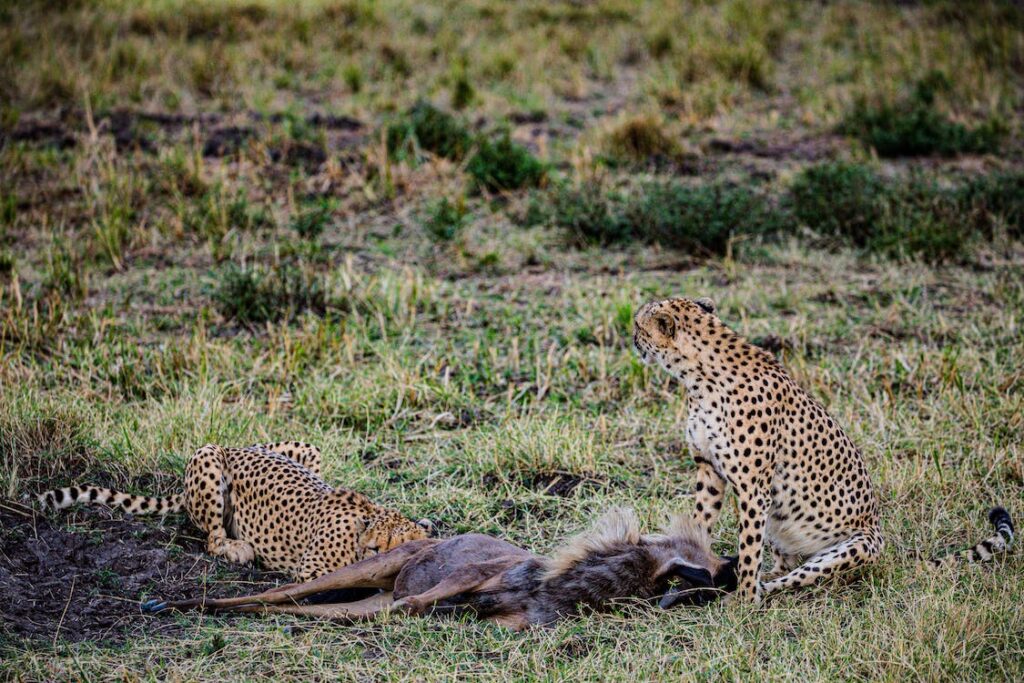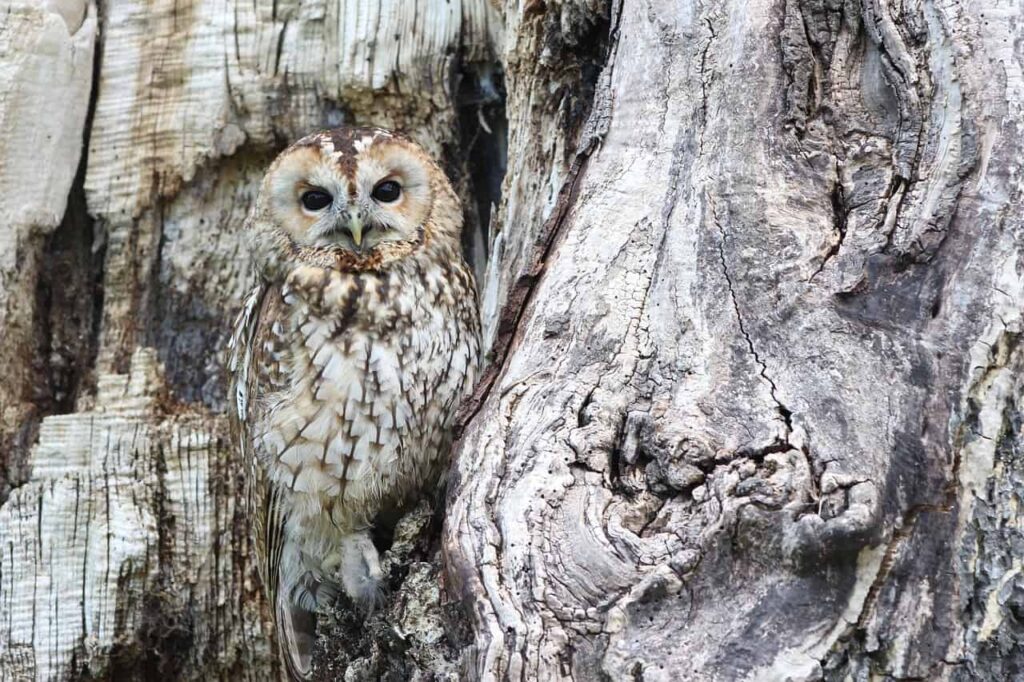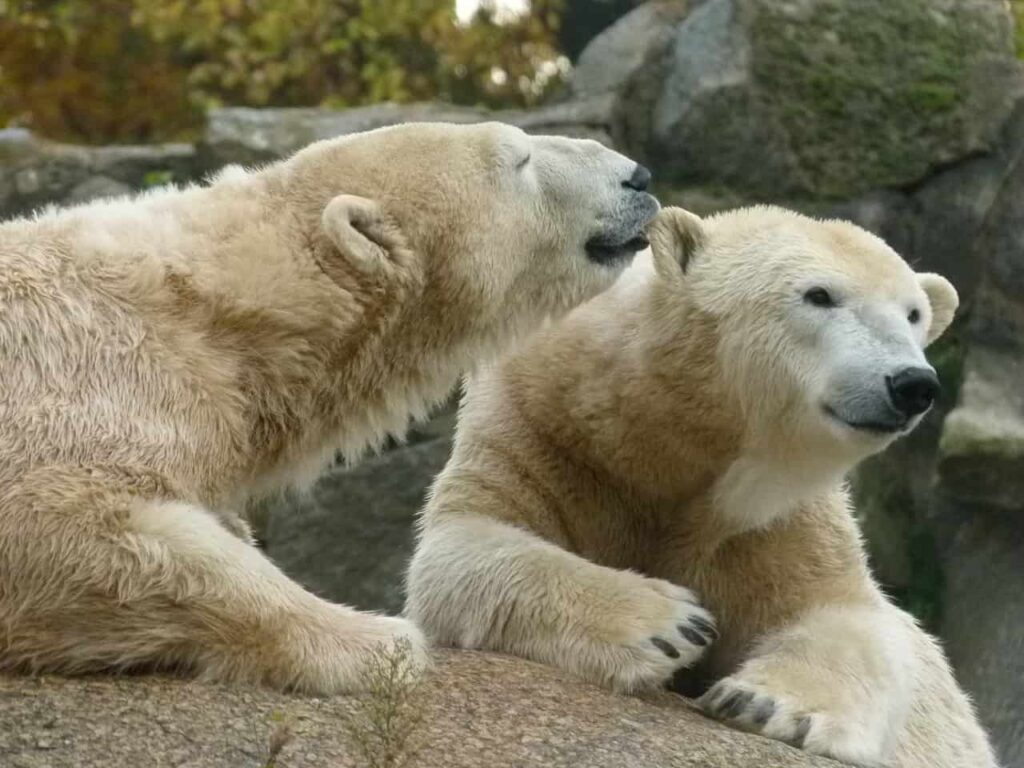What is Predation
An Ecosystem consist of many types of interaction between organisms. This interaction may benefit both or one organism. This type of interactions based upon this type of relationship are called as “antagonistic interactions”.
So actually what us predation ? In science language a predation can be defined as a biological relationship in which one organism called as predator hunts, captures and kills the prey.
This interaction plays a vital role in maintaining fundamental aspects of an ecosystem. predators have evolved various adaptations like sharp claws, hearing and smelling senses, and specialized hunting techniques that help them in effectively capturing their prey.

Predators and Prey
Predation and Adaptation: A dance of Evolution
Predation is fundamental force that has shaped the evolution in this world. This force derives both predators and prey to adapt continuously, resulting in a fascinating interplay of strategies and counter-strategies in the natural world.
Adaptation in Prey Species:
- Camouflage and Mimicry: Many prey species have evolved their coloration and pattern of their skin to blend with surrounding making it difficult for predators to spot its prey. Some of prey can even mimic harmful to make it difficult for predator to attack them because of fear.

Owl and Camouflage
- Speed: Evaluation has favored species with speed and jumping abilities. Many species like rabbits escapes easily from their predators because of their extraordinary speed.
- Defensive armors: Some species, like turtles and armadillos, have developed protective shells or armor to shield themselves from predators. This adaptation acts as a physical barrier, reducing the chances of predation.
- Warning Signals: Certain animals have evolved warning signals, such as bright colors or specific behaviors, to indicate their toxicity or bad taste. This deters potential predators from attacking them.
- Symbiotic Relationships: Some prey species form symbiotic relationships with other organisms, such as cleaner fish and larger fish. These relationships provide protection from predators in exchange for cleaning services or food.
Adaptation in Predators:
- Senses: Predators often have highly developed senses, such as keen eyesight, acute hearing, or a strong sense of smell, to detect prey from a distance.
- Specialized Hunting Tools: Predators possess specialized tools like sharp claws, powerful jaws, or venomous fangs, allowing them to efficiently capture and kill their prey.
- Cooperative Hunting: Many predators, including wolves and lions, hunt in packs or prides, employing teamwork and strategy to increase their hunting success.
- Versatile Diets: Some predators have adaptable diets, enabling them to switch between different prey species based on availability. This flexibility ensures a constant food supply.

Polar Bears are Herbivores: Having versatile dies
- Patience and Ambush: Predators like crocodiles and spiders employ patience and ambush techniques, lying in wait for the perfect moment to strike and capture their unsuspecting prey.
Predation and adaptations are part of survival games played by both prey and predators. With the change of environment there is new interactions in different species leading to new adaptions. New attractions and adaptions shapes diverse array of life in different eco systems.



